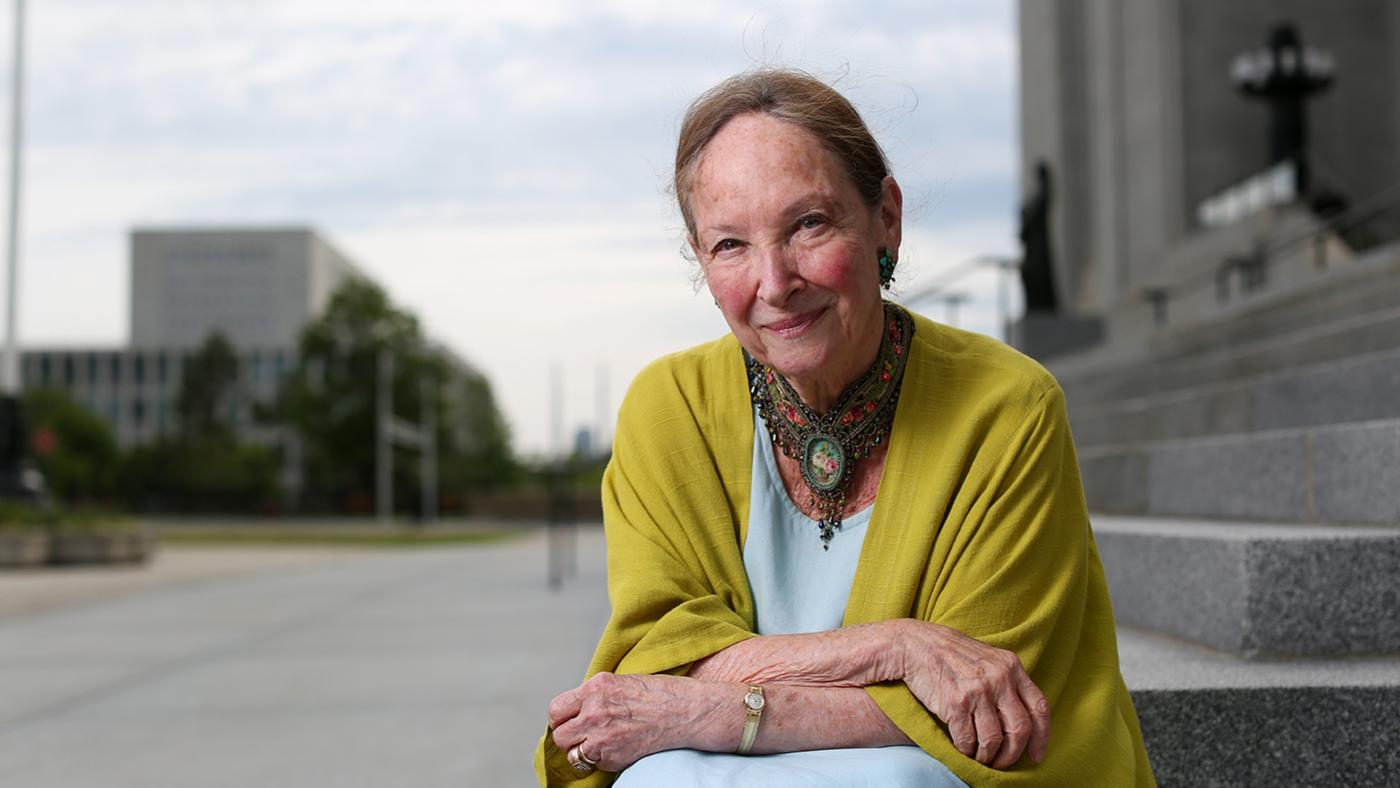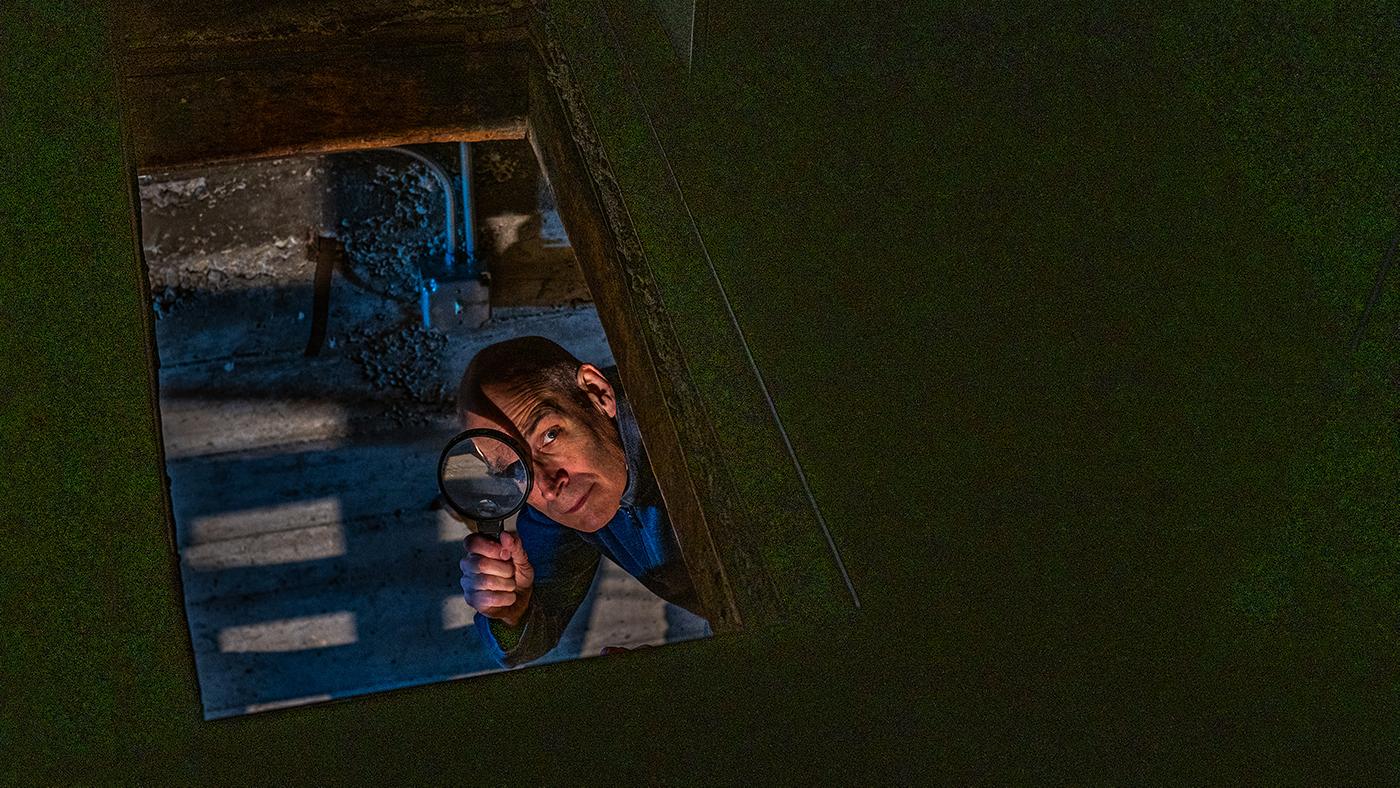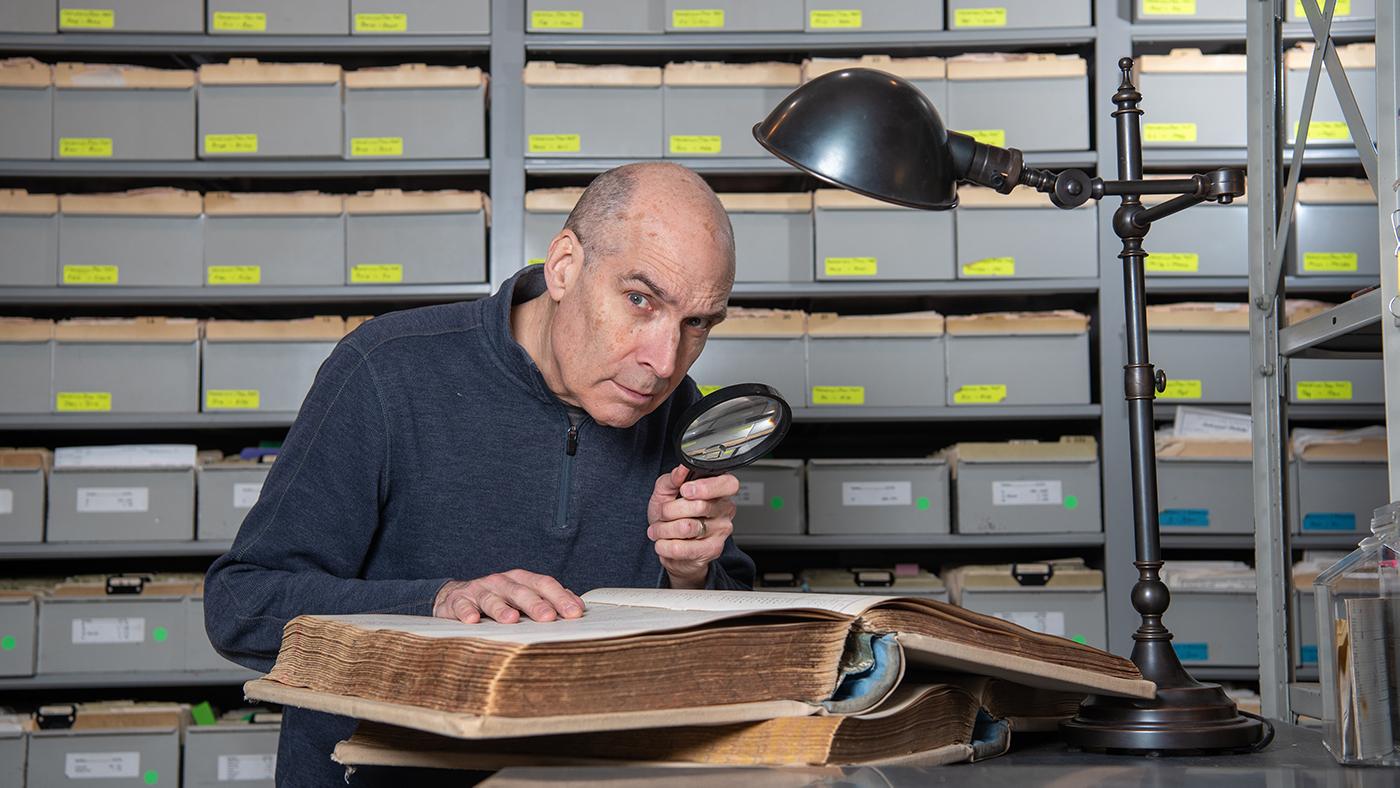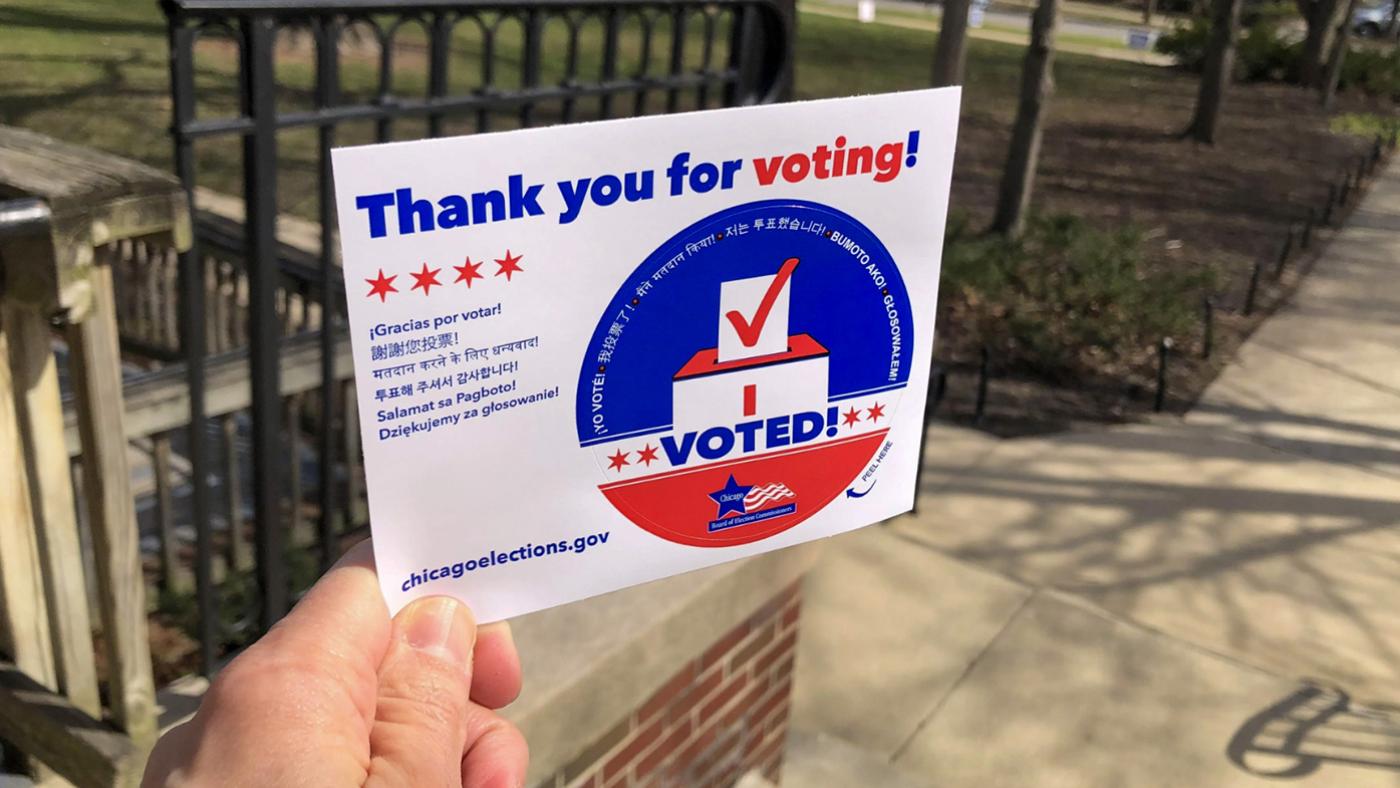WTTW Offers an Intimate Look at Homelessness in the Latest 'FIRSTHAND'
Julia Maish
February 12, 2024
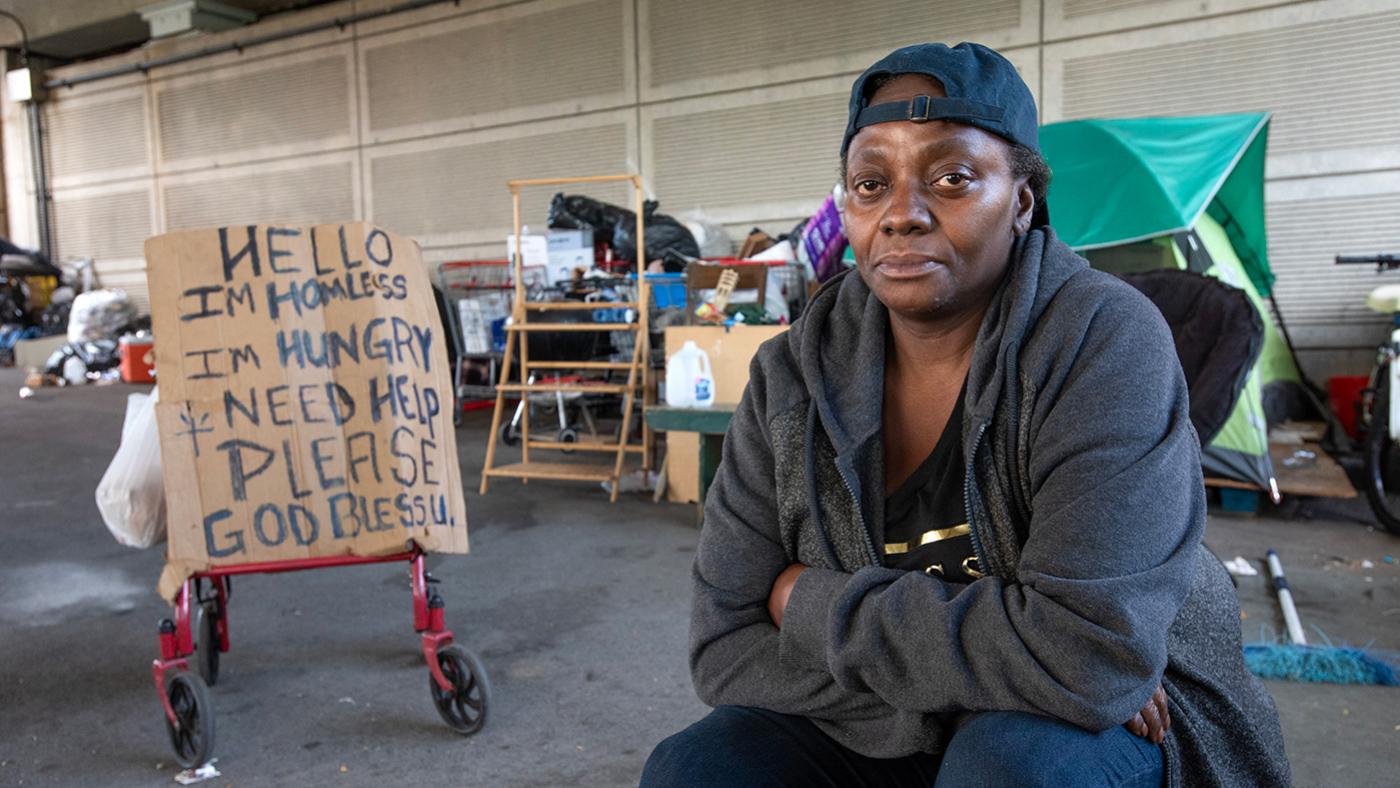
The public, media, and even policymakers often look away from the widespread and complex issue of homelessness in America’s major cities. Throughout 2024, WTTW will examine homelessness in FIRSTHAND: Homeless, offering an intimate look, through the firsthand perspectives of five people experiencing homelessness, at the many challenges they face. Visit wttw.com/firsthand beginning February 19 to explore the documentary series, expert talks, journalism, a discussion and resource guide, and opportunities for community engagement. You can also find previous years of FIRSTHAND that take on gun violence, COVID-19, living in poverty, segregation, and life after prison
We asked FIRSTHAND’s co-executive producer Dan Protess and producer-director Mario Tharpe about the process of filming these important stories.
This interview was condensed and edited for clarity.
How were the documentary participants chosen, and what was it about their stories that resonated with you?
Dan Protess: One of our goals for this series was to show that there are many faces of housing insecurity. There is a tendency to assume that people are living in tents or encampments. But the majority of people in Chicago who are experiencing homelessness are “doubled up” – staying with other people – or living in temporary shelters. We really wanted to make sure we showed how precarious these other forms of homelessness can be. We also sought out five smart, dynamic people, who might remind our audience of their own family members or friends.
Mario Tharpe: The production team made contact with homeless outreach and prevention organizations in and around Chicago to get their suggestions, and the people we chose to highlight are resilient, strong, and determined to obtain housing.
Is there an overriding theme to the stories of Yolanda, Dan, Kimberly, Brian, and Jackie?
Protess: It’s easy to look at someone who is experiencing homelessness and assume that one day they had stable living situations, and the next there was one, cataclysmic event that landed them on the streets. But all five of our documentary participants experienced slow-motion disasters of various sorts. Most were living paycheck-to-paycheck and had unstable family situations. These conditions might not be so consequential for most of us – but for those not on firm footing, an unanticipated bill, a family squabble, or a mental health disorder can be catastrophic.
What was the most challenging aspect of capturing these stories on film?
Tharpe: Priorities shift when you are unhoused – shelter, food, safety, and plain survival become the priorities. Meeting a production crew on schedule became a secondary task. In order to effectively tell our participant’s stories, we had to be flexible with time, patient with them, and understanding of their situations.
Protess: Also, it was important to be mindful of the images that we were showing onscreen and how they might be received by the audience. When we are covering a population that is so stigmatized, each shot can either confirm the audience’s preconceived notions, or chip away at stereotypes. So we think carefully about little things. We don’t want to go so far as to sanitize reality – the audience needs to trust that we are offering an honest portrayal. But we do need to be aware that people who are experiencing homelessness are going to be judged for the kinds of behavior that all of us engage in. The people we’re putting onscreen will be held to a different standard, and we needed to feel the weight of that responsibility.
What did you learn about the causes of homelessness, and the resources available to people and families experiencing it?
Tharpe: There are a variety of reasons people are unhoused. Rising housing costs, lack of affordable housing, addiction, domestic violence, mental illness, and adverse childhood experiences are issues on the short list. Everyone’s story is unique and different. Support services are available, but is it ever enough?
Protess: Looking at the resources available in Chicago left me feeling both concerned and hopeful. The COVID-19 pandemic was a disaster for so many, including people experiencing housing instability, but there was a silver lining: it created a renewed urgency for getting people off the streets, and there was an infusion of federal dollars to help local agencies and nonprofits to innovate new strategies. It became clear that we could eliminate homelessness in Chicago with enough money and political will – two things that tend to be in short supply. The lack of resources to address homelessness became quite evident in our storytelling – of the five people we followed, only one was able to find permanent housing. That is certainly cause for concern.
What do you most want people to take away from this project?
Protess: This project will be a success if viewers watch these stories and think – perhaps subconsciously – that the person onscreen could be them. Homelessness can seem so foreign that it can be easy to lose sight of the humanity of the people who are experiencing it. These five people can serve as real and meaningful points of reference for our viewers as they think about the issues surrounding homelessness.
Tharpe: The unhoused population deserves opportunities and support. Public perception seems to identify homelessness with people sleeping on the street, a belief that is grossly inaccurate. I hope viewers walk away with a better understanding of homelessness – the causes, challenges, and possible solutions.


